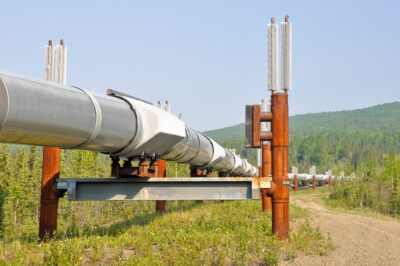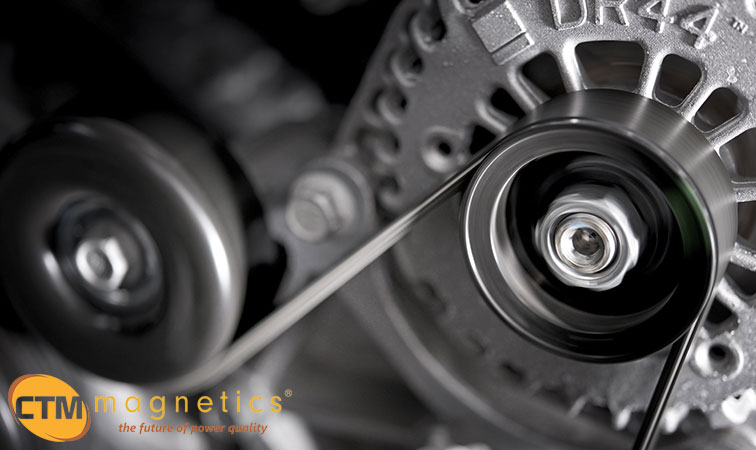The Future of Energy + Transport
Experts say that it is not enough to rely on oil in fuel used for transportation. Demand is high, and prices are rising. Oil reserves are non-renewable, meaning that they will eventually run out. These concerns drive officials in transportation industries to call for technology that improves energy efficiency and relies on renewable energy sources.
Current State of Transportation Energy Consumption
In a 2012 report, the National Conference of State Legislators (NCSL) noted that 95 percent of transportation in the United States is fueled by oil. On top of worries about rising prices, the International Energy Agency (IEA) claims that energy use for transport in particular is rising dramatically. The IEA notes that 25 percent of world carbon dioxide emissions come from transport.
International Energy Agency (IEA) claims that energy use for transport in particular is rising dramatically. The IEA notes that 25 percent of world carbon dioxide emissions come from transport.
Finding the Best Alternatives
These concerns turn minds to alternative fuels. The NCSL argues that biofuels, while an interesting option currently in development, may not be the best source of alternate energy for use on a large scale. The U.S. Environmental Protection Agency believes that the following:
- conversion of grassland and forests to fields for the production of corn ethanol
- heavy use of pesticides or fertilizer
- and increased erosion, runoff, leaks and spills
will create a net negative effect on water quality and greenhouse gas emissions - should countries shift to primary use of biofuels instead of oil for transportation purposes. These concerns point to the need for effective energy production that is space-conscious, efficient, and renewable.
Electric and Wind Trains
 The primary goal for improving overall energy efficiency involves a decreased dependence on fossil fuels and increased dependence on alternative energies. One technology that many European and Asian countries have utilized is electricity, especially with locomotives. Electric locomotives are powered by electricity via lines, a third rail or on-board energy storage as found in a battery. Obviously, an electric train powered by a coal-fired power plant is not necessarily more environmentally-friendly. Yes, electric power is cleaner and more efficient; however, the electric power generated needs to be from a clean, efficient source such as a high-powered, highly-efficient battery or cell.
The primary goal for improving overall energy efficiency involves a decreased dependence on fossil fuels and increased dependence on alternative energies. One technology that many European and Asian countries have utilized is electricity, especially with locomotives. Electric locomotives are powered by electricity via lines, a third rail or on-board energy storage as found in a battery. Obviously, an electric train powered by a coal-fired power plant is not necessarily more environmentally-friendly. Yes, electric power is cleaner and more efficient; however, the electric power generated needs to be from a clean, efficient source such as a high-powered, highly-efficient battery or cell.
Innovation in transport looks also to wind energy as an ideal alternative. For example, in the
Netherlands, officials plan to phase in freight trains that run exclusively off electricity gathered from wind energy - however, this is only environmentally friendly is the wind power that is generated is done so through a wind farm. At the same time, they will phase out trains that run on diesel, with a goal of replacing them entirely at some future point.
Solar Planes
Like wind farms, solar power plants represents a significant portion of the future of energy generation already in development. The DOE claims that solar energy production in the U.S. has jumped from 1.2 gigawatts (GW) in 2008 to 17.5 GW at the end of 2014. While many people think of solar energy for its use in powering homes, inventive minds look at using energy to power planes. Recently, two Swiss pilots have taken a plane that runs entirely on solar power across the length of the U.S., with goals to cross the world using their ultralight plane. While this represents development that is not exceptionally useful for the transportation of freight, it opens up the discussion to improvements in technology that will make it possible to transport heavier loads.
Shipping
Transportation by water is, perhaps, a more probable use of solar energy, since the energy used to propel a ship is different than the needs of a plane to remain in the air. While shipping currently produces the least greenhouse gas emissions when compared to all forms of transport, the consumption of Marine Diesel Oil (MDO) is still considered excessive by many experts in the industry. The International Renewable Energy Agency (IRENA) notes that the focus on energy innovation in shipping emphasizes wind and solar energy sources located on the ships themselves, along with the use of biofuels. At this point, shipping’s consumption of alternative energies will call for the use more than one source.
The Future of Energy and Transport
With a limited supply of fossil fuels and ever increasing global energy demands, the future of energy will inevitably shift to alternative fuel sources. The transportation industry is no exception; governments are currently promoting the development of transport vehicles based on alternative energy sources, particularly wind and solar.
 " alt="">
" alt="">